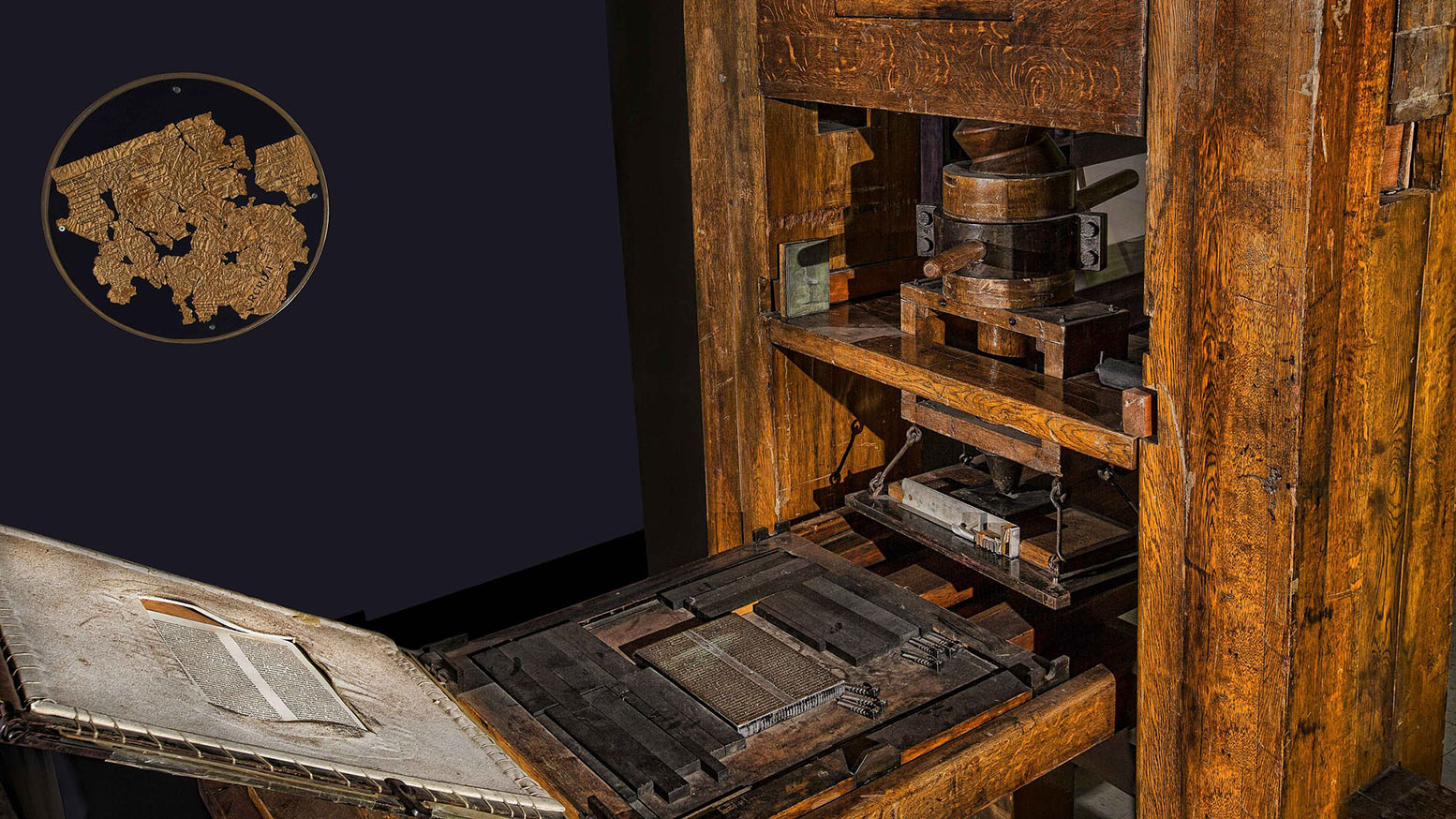Why Is Printing Important?

If you would like to know the answer to the question “Why is printing important?,” you only need to look around you. Our life has been linked to printing, so much so that we sometimes take it for granted. In fact, it would not be possible for you to read what I’ve written, if not for the invention of the printing press. Don’t believe me? Read on and you’ll agree.
The Development of the Printing Press
Printing is one of the hallmarks of our civilization, akin to the creation of language, the standardization of the alphabet, and the development of paper. Before Johannes Gutenberg invented the printing press, spreading ideas in books was a tedious process. Books have to be copied by hand, a slow and painstaking process that is prone to mistakes. For instance, one of the most copied works, the Bible, had several scribal errors and word substitutions during translations. Only a few books became available because of this. Their rarity made them invaluable and exclusive to scholars and monks.
A precursor to the printing press is woodblock printing. A block of wood was carved with a relief pattern for each page, which is then painted with ink. The relief pattern is then pressed to a surface to print. As you can see, you would need to carve another block if you needed to change anything.

Replica of the Gutenberg Printing Press.
Johannes Gutenberg’s printing press drew from this technology. His 1440 innovation involved a movable type, where printers could rearrange letters and symbols. Printers could also reuse them for other printouts, making printing cost-efficient and accessible to the general public.
Printing and Mass Communication
By 1500, Gutenberg’s invention spread to the entirety of Europe, ushering a new era of mass communication. The move highly altered the structure of society, mainly because of this new way of spreading information. For example, Gutenberg printed the first printed edition of the Bible in 1455, which moved the Scriptures from the hands of the monks and scholars into the masses.

One of the few remaining copies of the original Gutenberg Bible. (source: Flickr.com)
The unrestricted flow of information transcended country borders and classes. Printing introduced a sharp increase in literacy among the lower class. The elite and religious authorities no longer monopolized knowledge. Ideas were no longer confined to teacher-student relationships.
Printing helped foster ideas that were contrary to mainstream thought, especially scientific facts endorsed by religion. It played a key role during the Protestant reformation. It also helped propagate scientific ideas that are against those preached by the Church, such as the Heliocentric Model by Copernicus.
Innovations in Printing Technology
A lot of innovations have since been added to the way we use printing. In the 1800s, the development of continuous rolls of paper have improved the efficiency of printing. This led to the increase of print media in circulation, particularly that of newspapers and pamphlets. This, in turn, led to the development of cheaper newspapers, magazines, postcards, flyers, and other advertising materials in modern times.
For typography lovers, the printing press also led to the development of fonts. Most of the font choices used today are actually 18th century inventions. The moveable types technology of the printing press was the basis of the typewriter, which in turn led to the development of word processing software and computer printing.

The printing press led to the development of the typewriter.
It’s difficult to measure the impact of printing on culture and society. Hopefully, the reasons I’ve enumerated above give you a rough idea on how to answer the question “Why is printing important?” So if anyone asks you the same question, I hope you’ll join me in saying “Why? Because printing changed the world!”



